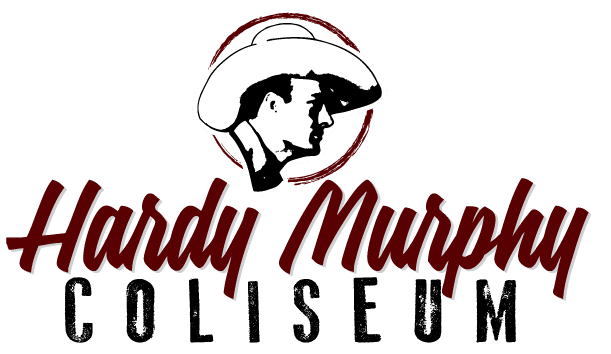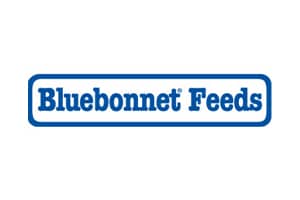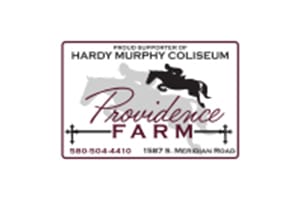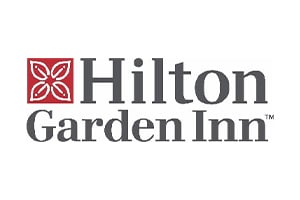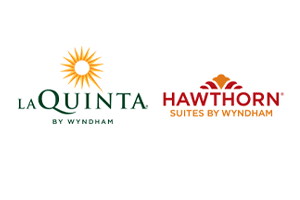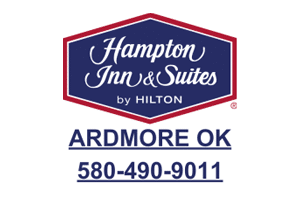An event venue constructed in the mid-1930s that’s still thriving to this day.
The Event Coliseum That Put Ardmore, OK on the Map
Come one, come all; Hardy Murphy Coliseum awaits! As a historical landmark and event venue, Hardy Murphy Coliseum holds events 48 weeks out of the year, spanning anywhere from a single day to all seven of the week. While horse events are our mainstay, there’s always something happening at Hardy Murphy that will interest nearly everyone.
Whether you have a prize-winning pig on your farm, love to watch barrel racers in action, or enjoy watching monster trucks smash into each other, Hardy Murphy is the place to be. Visit us during one of our can’t-miss events, or contact us today to discuss renting one of our arenas.
The History Behind Our Name: Who Was Hardy Murphy?
Born in 1903, Hardy Murphy, the grandson of an old-line Texas horse trader, had a love for horses in his blood. This love quickly developed into a career of international acclaim as a horse trainer and rodeo showman. During his career in the 1930s and ’40s, Hardy astounded audiences with his reenactments of scenes depicted in works of art by well-known Western painters and sculptors.
With his trusted equine partners, Buck, Silver Cloud, and Thor, by his side, Hardy performed his talents in front of children, large audiences, and even the Royal Court in London. Hardy and Buck’s fame as a rodeo showman duo led them to become the inspiration for western ballads—”Gold Mine in the Sky” and “A Cowboy’s Best Friend.” They were even featured on the cover of “The New Yorker” in October 1944.
A Legacy is Remembered
After three decades in the “Big Circuit,” Hardy retired and returned to Ardmore in 1943 to enter the world of business and enjoy a family life. He began a second career as a realtor, civic promoter, fund-raiser, volunteer, and part-time performer for charities. These activities won him the affection of the community, which resulted in the award we know today: the name Hardy Murphy donning the Coliseum.
Buck officially retired in a nationally televised show during the Fort Worth International Stock Show in 1953 and was buried on the grounds of the Coliseum. Hardy Murphy passed away in 1961, but his memory lives on in our coliseum every day.
Grab your friends & family for a fun night, or contact us to discuss booking an arena.
